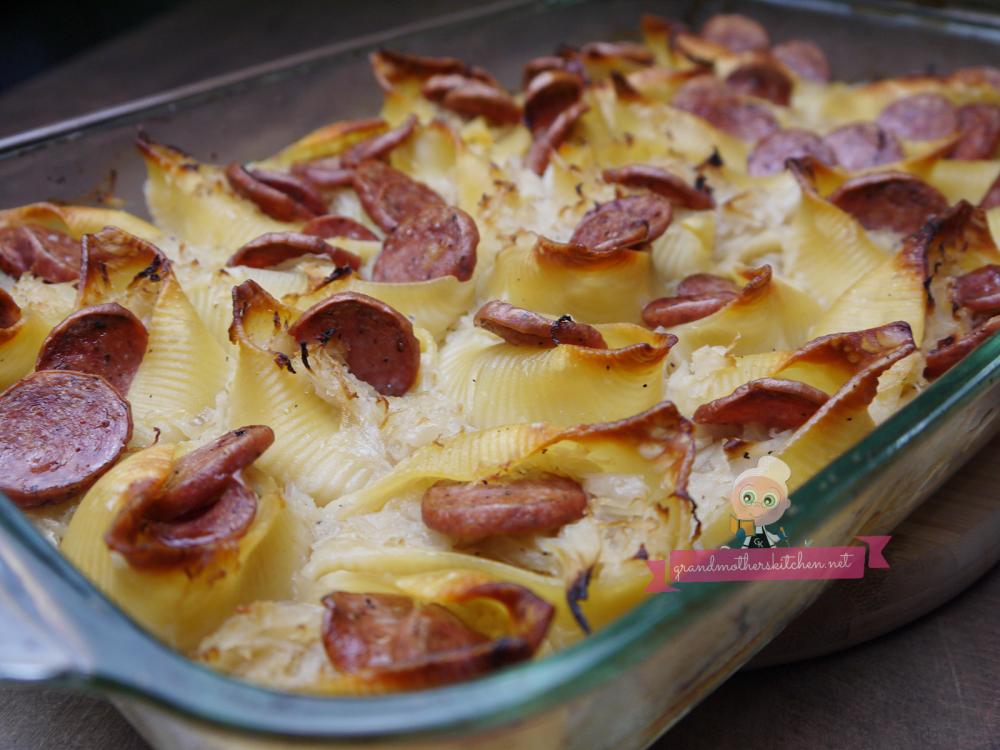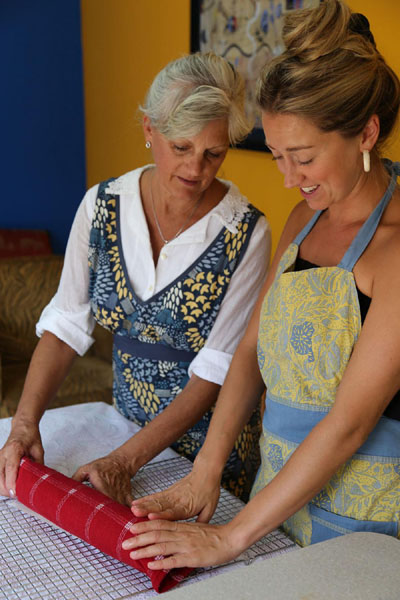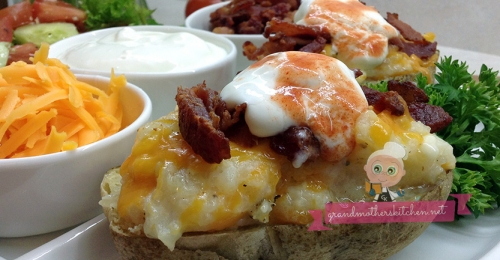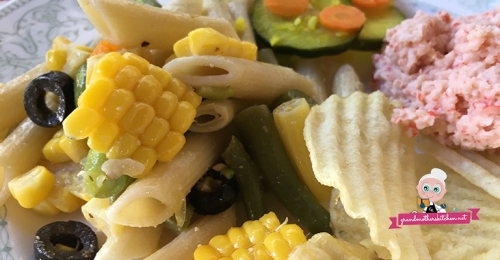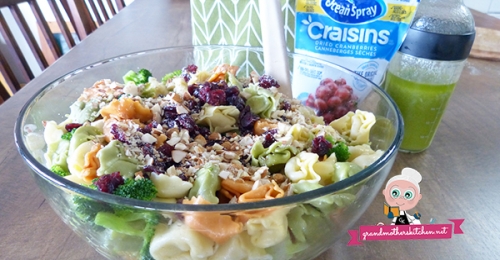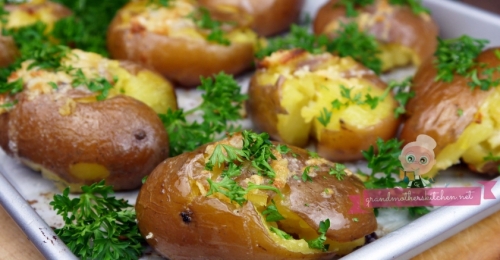Sausage and Sauerkraut Stuffed Pasta Shells Casserole
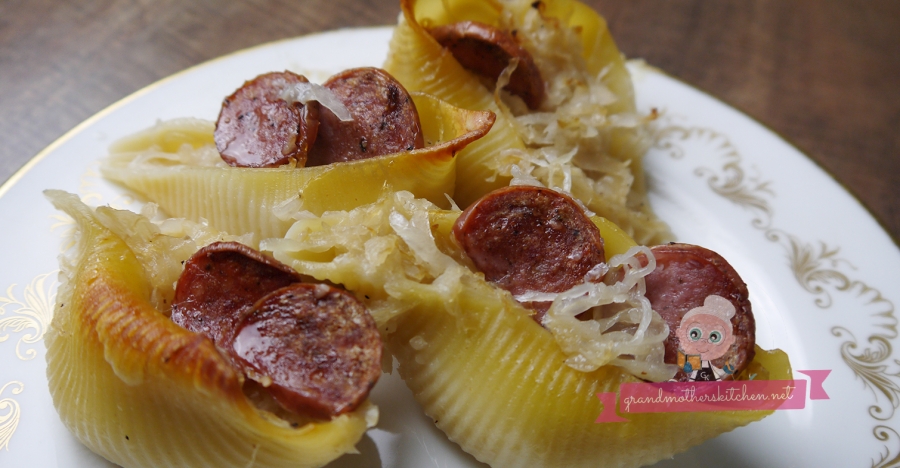
About this Recipe
What do you get when you combine these favorites? Sauerkraut - Your favorite sausage and pasta shells? What you get is yet another fantastic way to eat sauerkraut!
For all you sauerkraut lovers out there we think you are going to love this new recipe. With this casserole, we have stuffed the sauerkraut with fried onions into pre-cooked jumbo pasta shells and put thin sausage slices into each shell. We added some chicken broth so the shells would stay soft and we give you the best of all these flavors combined - served up in casserole dish.
We plan to keep creating and bring to you more recipes using sauerkraut because sauerkraut is so popular and there are countless recipes incorporate sauerkraut.
Grandmother's Kitchen Tips for Sausage and Sauerkraut Stuffed Pasta Shells Casserole:
1. If you are having trouble opening the sauerkraut jar, just poke a little hole in the lid and it will break the seal. The lid then unscrews easily! Use this method if the other familiar methods fail. We find that with sauerkraut especially, the lids can be very difficult to open so now we use this method when all else fails!
2. Chop the onions very small and pan fry in butter to a soft texture before adding the sauerkraut.
3. Cook the shells to al dente - you don't want to overcook or they will break when you go to stuff them. The chicken broth puts some additional moisture into the shells when you are baking the casserole. Without the broth, the shells can get dried out.
4. We often get asked if one needs to use the same sausage we put into the recipe. You can substitute and use any pre-cooked sausage of your choice. We have a local butcher that makes the turkey sausage that we often use in recipes, and it happens to be our favorite one. As much as possible we choose products that are made locally with ingredients that do not have additives.
5. Check out our tips on How To Cook Pasta
Even though the fermentation process can actually make food very healthy, it can also attract mold spores, which can contaminate your fermented food. Sauerkraut is one of these foods that can attract mold when you’re making it from scratch since you usually place the sauerkraut in a dark place which mold thrives in. That’s why it’s so important to check your sauerkraut every day for mold and to either scrape it off at the first sign of it or throw away your batch and start over again making sure you really disinfect all of your jars and lids properly so no mold can grow.
As you’re cleaning up your kitchen after making this sausage and sauerkraut recipe or any recipe, it’s great to do a full clean up of your kitchen, so it’s all ready to go for the next meal prep. Use an all natural kitchen cleaner that only has natural ingredients like vinegar, water and essential oils. Clear off countertops and spray them down entirely with the natural kitchen cleaner and then wipe away with a clean cloth.
You can also use just plain warm water with a bit of dish soap to clean off the utensils that you’ve used or put them right in the dishwasher to be washed for the next time you use them. Keeping your kitchen cleaner will mean that you’ll be more likely to want to cook healthy and delicious meals in it. Plus it reduces the number of bacteria and germs in your kitchen too, which is always a good thing.
Ingredients
Serves 8
30 large pasta sea shells - cooked and cooled
2 Tablespoons butter
1 medium cooking onion, cut into small pieces
1 (720 ml) jar sauerkraut - We used Kuhne brand
500 grams turkey sausage or any sausage of your choice
2 cups chicken broth
Directions
1. Prepare all the ingredients.
2. When ingredients are ready for baking, preheat oven to 350 degrees F.
3. Boil the pasta shells until al dente. You want the shells to be cooked but not mushy so they will hold together when you stuff them. Strain the pasta, put into a bowl and fill with cold water to keep the pasta shells from sticking together while you prepare the other ingredients.
4. Slice the onion into fine pieces. Melt the butter into a large frying pan adding the onions and saute until soft. Stir in the sauerkraut. Cook for a few minutes then transfer to a bowl and let cool so you can handle easily.
5. Now you can drain the cold water from the pasta shells before proceeding.
6. Slice the sausage into thin pieces.
7. Scoop a couple tablespoons of the sauerkraut mixture into each of the cooked pasta shells and arrange into a baking dish.
8. Place the sausage slices into each of the shells.
9. Pour the chicken broth over the casserole.
10. Place into the preheated oven and bake 30 minutes or until sausages are nicely browned. Watch to not overcook as you don't want to dry out the shells.
11. Serve. Delicious with sour cream.
ENJOY!
TODAY'S TIP from Grandmother's Kitchen:
The word saute can be a confusing term as it applies not only to frying briskly in a little fat, but also to a type of dish, called a saute in which the main ingredient is fried in fat, then it is simmered in a small amount of either stock or wine. For this process only the youngest tenderest and best quality of meat or poultry should be chosen. The saute dish - generally will take on the name from the sauce or added ingredients or garnish. This type of dish is a good choice when entertaining as it is quick to prepare and can be kept waiting.
To Make a Saute:
Method of making a saute is to fry the pieces of meat lightly in butter or oil to seal in the juices. Next a small amount of stock or wine is added. The liquid should cover the meat half way. When cooking is completed the sauce should be concentrated and rich to the point you only serve 2-3 tablespoons to each person as a sort of light drizzle on the meat. Once the meat is cooked this method use your own judgement if you think the sauce should be reduced further to thicken it and strengthen the flavor.
Be careful not to over-reduce the sauce as it will then get a harsh flavor. If the flavor is good and the sauce is too thin, thicken it with a little cornstarch or arrowroot that you first mix into a paste with cold water. Some saute recipes the sauce is prepared in advance and added at the end of the cooking.
To Saute Vegetables:
Some veggies are wonderful to saute. Young small freshly boiled al dente potatoes are especially tasty sauteed in butter until crisp and golden brown. Leftover potatoes that are cold do make for very good 'pan fries' but they are not the same thing as a sauteed potato.
Some good vegetable choices to saute are summer squash, eggplant, zucchini, Brussels sprouts and Belgian endive. These items should be thickly sliced and cooked in butter with little to no liquid. They don't brown up very much, but they do retain their flavor. Most of these veggies will cook in 7-10 minutes and a lid is generally used for part of the process.
References: Grand Diplome Cooking Course (1972, Hardcover), William Anne. Danbury Press.
